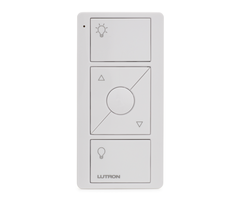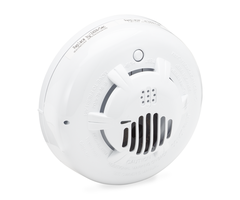New AT&T LTE Communicator for 2GIG GC3 & GC3e
Posted By Michael GorisHi DIYers! We are excited to inform you that the 2GIG LTEA-A-GC3 AT&T LTE Communicator is here! This cellular communicator works with both the original 2GIG GC3 and the new 2GIG GC3e. By installing and activating this communicator, you can use your 2GIG Security System with Alarm.com.
 In order to use this communicator, your 2GIG GC3 or 2GIG GC3e System must be running Firmware Version 3.2.3 or higher. This update can be pushed down to your panel from Alarm.com by your monitoring company for a small fee. Alarm Grid customers can contact us to do this. You can also apply the update locally at the panel using a USB drive. Updating locally is completely free. More information on how to apply the update locally can be found here.
In order to use this communicator, your 2GIG GC3 or 2GIG GC3e System must be running Firmware Version 3.2.3 or higher. This update can be pushed down to your panel from Alarm.com by your monitoring company for a small fee. Alarm Grid customers can contact us to do this. You can also apply the update locally at the panel using a USB drive. Updating locally is completely free. More information on how to apply the update locally can be found here.
Once you have installed and activated the communicator, you will be able to control your system using Alarm.com. This includes both the Alarm.com website and the Alarm.com Mobile App for Android and iOS devices. By accessing Alarm.com, you can arm/disarm, check current system status, control Z-Wave devices, and more. Just remember that you will need a compatible monitoring plan, such as a Gold or Platinum Plan from Alarm Grid.
The important thing about this communicator is that it works across the AT&T LTE Network. Cellular service providers like AT&T intend to keep their LTE networks running well into the very distant future. They have invested huge amounts of money into these networks, and they intend to use them for the long-term. An LTE communicator like the 2GIG LTEA-A-GC3 AT&T LTE Communicator is an excellent investment, as it will keep your system monitored for many years to come. We also sell LTE communicators for other security systems here.
If you have any questions about the 2GIG LTEA-A-GC3 or any other cellular communicator, please reach out to us. The best way to contact us is to email support@alarmgrid.com. You should also email us if you are an Alarm Grid customer looking to have a firmware update pushed down to your panel. Remember that over-the-air (OTA) updates for these panels will incur a small fee. We pass this fee along to our customers with no mark-up. We look forward to hearing from you!










